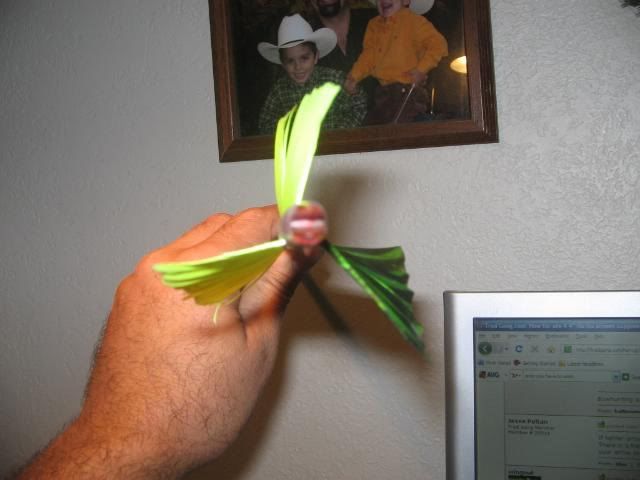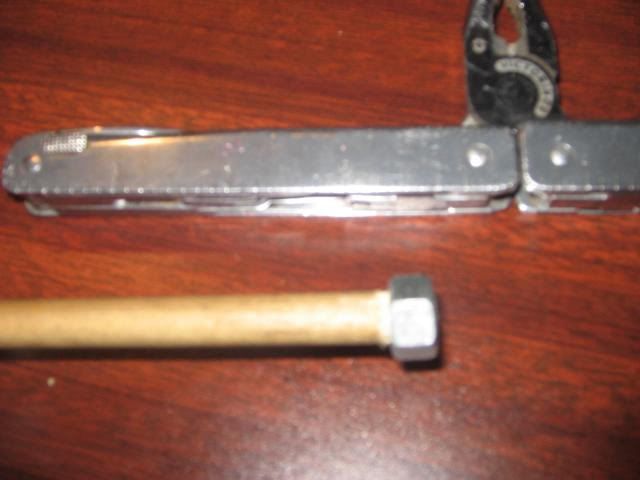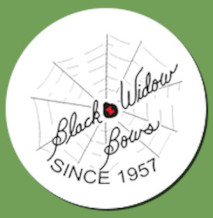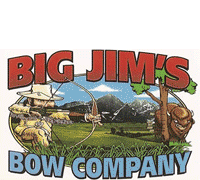There was just a post recently asking about how far flu-flu's should fly and what makes any difference in performance. I started to reply but as usual got long winded so I decided to delete my reply and start a separate post with pictures so as not to hijack the other thread.
I'm not an expert by any means but I've made some simple observations about what factors effect flight and thought I'd share them in case some of the new guys needed the info.
The big question was how far should they shoot and why do some shoot farther than others. There was also some confusion about whether a heavy arrow or a light arrow would go farther.
From my experience, I know that when I was shooting aerial targets at the UBM rendezvous most years my arrows would almost always go 20 to 50 yards farther than other folks arrows. Couldn't figure out why at first but realized that with my longer draw (arrows are usually 33 to 34" BOP) they were heavier than the arrows of the guys shooting 26, 27, 28 etc inch arrows. Heavier arrows certainly go farther.
Think of it this way, regular fletch are guide vanes for your arrows. Flu-flu's are brakes for your arrows. Regular fletch do provide some drag, but their purpose is to stabilize with minimal drag for the stability provided. Flu-flu's will certainly stabilize an arrow but it's done by the use of drag opposite the pull of the point end.
Two basic points are worth mentioning:
1. The amount of drag effects the rate of slow down.
2. The weight of the arrow effects the effectiveness of the drag effect.
Your bow will push almost any weight arrow close to the same speed
while it's still on the string. Once it's free of the bow, that's where the "drag" effect of the fletch comes into play. A heavy arrow is much harder to stop than a light one just as a heavily loaded truck is much harder to stop with the brakes than a light one. The bow is the "engine", the fletch are the brakes.
Flight arrows are a whole 'nuther ballgame. There, it's all about high speed and low drag. The speed is increased by dropping the arrow weight well down into the "dangerously light" for draw weight range and it is maintained downrange by doing everything possible to eliminate drag. i.e., nearly zero fletching and perfect balance.
You can look at flu-flu's from the rear to get an idea of how fast they will stop in flight.
Hold a flu-flu arrow like in the pic below, imagine a circle around the fletch that is exactly the diameter of the widest part of the fletch. The area inside this circle is the braking surface you have to work with.
If you look at a 3 fletch flu-flu with average offset or helical. About 10 to 20% of the brake area is blocked. So, I consider it to have 10 to 20% braking. Of course, that's just a number, not the actual effectiveness. Merely a way to compare one arrow to another.
If you take a 3 fletch with strong helical, it might have 35 to 40 percent "braking". This one has pretty strong helical and 5" fletch trimmed square on the back so they don't tickle my nose. An untrimmed fletch would slow down a little quicker due to more surface area.

Side view:

Increase to 4 fletch or 6 fletch and you can get it up to about 50 or 60% "blocked" braking area.
But, just because you have more fletch doesn't always mean it will stop quicker. The helical and stiffness of the fletch are important too.
Here's a 6 fletch but with just a mild offset.

You can see there is not a lot of evident braking right? Well, there's one more factor to consider and that is the behavior of the fletch when you shoot. Flu-flu's, being full height fletch do not behave like normal fletch. They are softer and flop around all over the place blocking more of the brake area than may be apparent when looking at the arrow from the rear. Just listen to one fly and you can hear the fletch buzzing or hissing like crazy. I can't see how much this will be evident with my method of looking at an arrow but it can be guessed at with some experience. This 4" six fletch arrow slows down a similarly to my 3 fletch with strong helical.
By the way, the fletch are not as big as they appear in the pic. My hand is halfway up the shaft so the fletch look huge. They are standard height uncut turkey feathers.
Lastly is the "Super-flu" or spiral flu-flu. In the pic below you will see the obvious reason why it slows down so fast.... Maybe 80+% braking???

And so you can see how it's held together, here is a side view. Notice the wrap at the front and back that also spirals back through the fletch and is wound the opposite direction. This is not 100% needed but it's an easy to make the fletch a LOT more secure. The thread is light colored and a bit hard to see but I think you will be able to get the idea. You can vary the rate of twist to suit your taste or to get the fletch stacked inside the space you want it in.

Oh, and while I've got those last two pics up here, I need to mention "nutters".
They are cheap, durable, totally looseable arrows for small game. With this much fletch, spine is almost irrelevant. Just be sure they are not weak to the breaking point. You can use culled cedar shafts or buy dowels from the hardware store and simply file a self nock, do a spiral wrap fletch as above and screw a 9/16 hex nut on the front like the below pic. Don't even bother putting clear on it.
If you wonder about penetration, I shot a bunny at about 6 yards once. Hit him in the right rear ham and exited his chest. His liver and some lung was hanging off the nut... Squirrels are a lot tougher though.

This one looks like I tapered the shaft just a little which is sometimes needed to get the nut started. They make great bunny or squirrel arrows and if you loose one, you're out about 50 cents to a buck for materials. If you normally use full length fletch, you cans save your cut offs and use them. Splice them if ya have to but don't throw them away.














